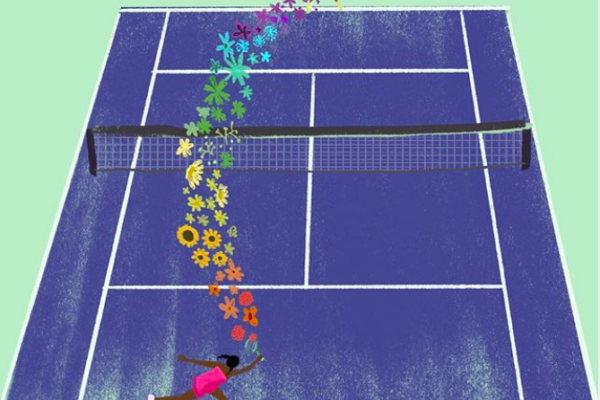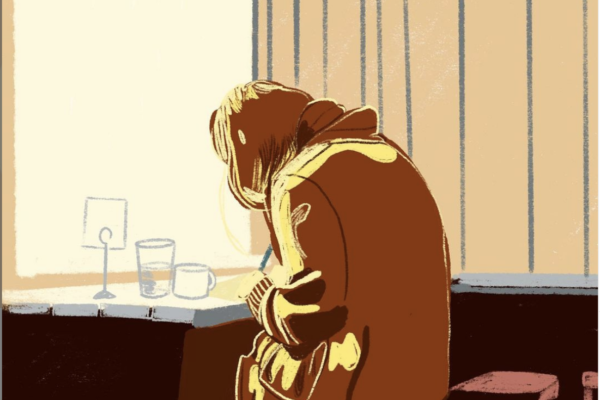After the conceptual artist Christo died in early June, something arresting from his obituary stayed with me. “[Christo’s] works took years to create, were easy to grasp, and hard to categorize,” said critic Michael Kimmelman, writing in The New York Times. That was true of his work, of course; but it was what Christo told Kimmelman about one of his largest projects that really struck me.
One of Christo’s triumphs was ‘The Gates” in Central Park. The project was 26 years in the making. “When Christo first floated the idea, New York City officials published a weighty tome counting all the reasons it was ‘the wrong project in the wrong place at the wrong time,’” Kimmelman wrote. “Undaunted, Christo seemed almost pleased by the rejection. ‘I find it very inspiring in a way that is like abstract poetry,’ he said. His aesthetics, as he repeatedly defined them, encompassed ‘everything involved in the process—the workers, the politics, the negotiations, the construction difficulty, the dealings with hundreds of people.’”
This prodded me to reconsider the art and practice of writing. I’ve been culturally conditioned to resent whatever wasn’t contributing to completion and publication of my writing: the maintaining of orderly notes, making budgets, finding missing details for footnotes, paying bills, presenting proposals, explaining projects to agents, making PowerPoints, negotiating contracts, answering emails, learning new software, building platforms, writing query letters, and so on. Try to dispense with those tasks as quickly as possible, I’d been advised, and concentrate on what mattered: the writing itself.
But what if that was backwards? Christo’s words suggested that might be so. Was it possible that the actual writing was not at the center, that maybe there isn’t a center, or if there is, that what stands at the center is constantly shifting? Is life like a volleyball team that rotates positions, with no one player dominating? What if coping with details and overcoming setbacks weren’t merely hassles but really were equally as much at the core of my work? What would that mean if I accepted such interruptions and rejections, if I changed my judgment of them from being a threat to productivity to being an entertaining form of abstract poetry?
In 2005, Christo persevered, and along with 4 million other people, I went to see “The Gates.” Seven thousand five hundred door-like structures were erected along 23 miles of paths in Central Park. Each supported a veil of billowy saffron material that rippled as the wind blew.
“The Gates” altered my understanding of wind. Before, my impression was that wind moved in a broad horizontal plane that washed over me and everything else at equal intensity. But as I stood on a hill under one gate whose veil was fluttering above me and gazed over to a rise nearby lined with more Gates, I could see the veils over there weren’t moving, not even one little ripple.
It turns out that wind doesn’t come rushing through a landscape like a big thoughtless wave—it’s composed rather of individual rivulets: this one strong, this one swirling, this one fading. Wind isn’t industrial. It isn’t “to scale” in modern parlance. Winds—plural now because I understand they’re not singular but multiple—are artisanal, idiosyncratic.
Maybe art — and writing as art — is just as complex and multifaceted. Rather than a linear, singular thing, it might be a million processes, all moving at once, at different speeds, in different directions. And rather than rejecting the inherent contradictions or messy mechanics therein, we, as writers, might choose to embrace them.





No Comments